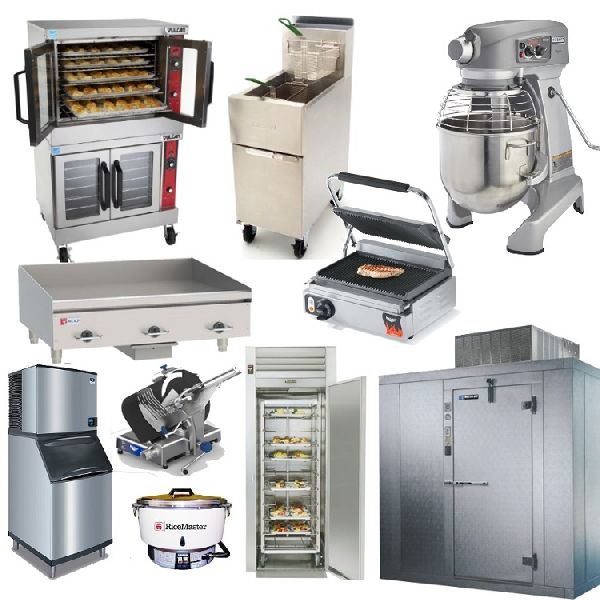When a fire disrupts the sanctity of your space, the aftermath can feel overwhelming. Beyond the visible devastation are hidden challenges that require immediate and meticulous attention. This guide is tailored for professionals who are seeking to restore spaces efficiently and effectively after fire damage. We’ll explore key steps, considerations, and tips for navigating this daunting task, ensuring your cleanup efforts are both thorough and strategic.
Understanding the Scope of Fire Damage
fire damage cleanup extends beyond the charred remnants you see. It involves structural compromise, smoke damage, and potential water damage from firefighting efforts. Recognizing the full extent of the damage is crucial for planning an effective cleanup. Professionals should conduct a comprehensive assessment, noting areas that require immediate attention and those that can wait. This initial evaluation will guide your cleanup strategy and resource allocation.
Safety First
Before embarking on a cleanup mission, it’s vital to prioritize safety. Ensure the structural integrity of the building and identify any hazards, such as exposed wires or weakened floors. Personal protective equipment (PPE) is non-negotiable; masks, gloves, and goggles protect against harmful residues and airborne particles. Always have a safety plan in place, including clear exits and communication channels in case of emergencies.
Removing Debris and Cleaning Up
The first physical step in fire damage cleanup is debris removal. This task requires careful handling to avoid further damage to the structure. Use appropriate tools and techniques to clear out destroyed materials systematically. Once debris is removed, focus shifts to cleaning soot and smoke residues. Various cleaning agents and methods are available, but it’s crucial to choose those suitable for the affected surfaces to prevent additional harm.
Restoring Air Quality
Smoke can linger long after the flames are extinguished, affecting air quality and health. Ventilation is key to improving air circulation and reducing smoke odor. Consider employing air purifiers equipped with HEPA filters to capture remaining particulates. For severe smoke damage, professional ozone treatments may be necessary to eliminate all traces of smoke and refresh the atmosphere.
Documenting and Planning Further Restoration
Throughout the cleanup process, documentation is essential for insurance claims and future restoration work. Keep detailed records of damage, cleanup efforts, and any items that need replacement. This information will be invaluable when working with restoration contractors and insurance adjusters. Planning for further restoration involves collaborating with experts to rebuild and refurbish damaged areas, ensuring they meet safety and aesthetic standards.
Reviving a space after fire damage is a complex yet rewarding endeavor. By following these guidelines and maintaining a professional approach, you can transform disaster-stricken areas into safe, vibrant environments once more. If you’re facing fire damage cleanup, remember that thoroughness and patience are your best tools in bringing a space back to life.
Reviving Spaces The Essential Guide to Fire Damage Cleanup

Categories:

